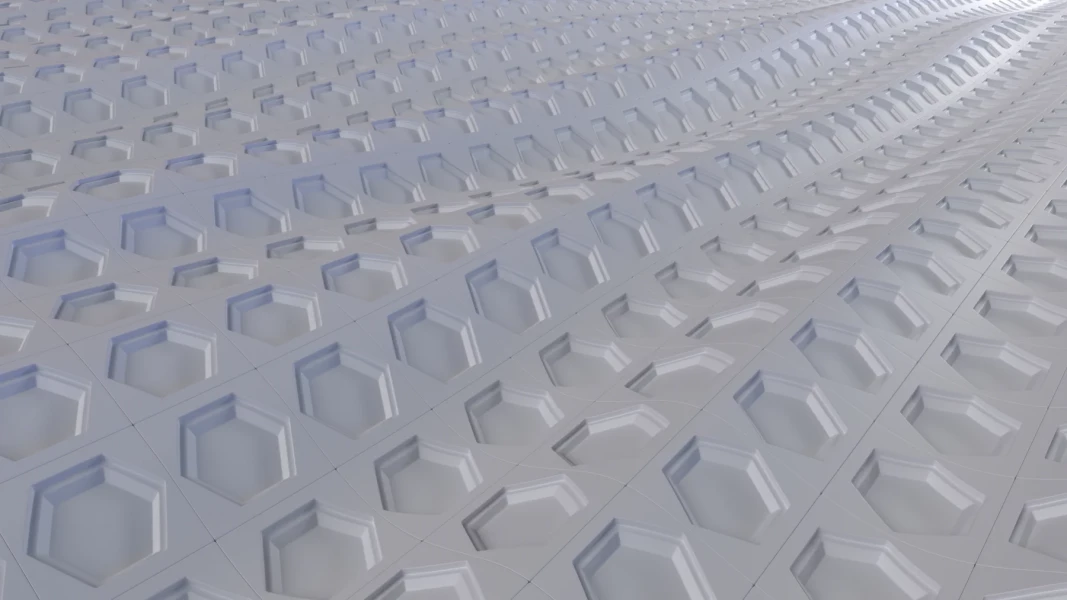New approach for saving steam consumption and CO2 whilst reducing sticky and sheet breaks
For many years, the paper industry has been making every effort to maximize the use of recovered paper, further improve recycling technology, and expand the use of recycled paper. Recycled paper generally contains impurities such as duct tape, labels, and ink, which cause deposits on the dryer section surface. These deposits lead to defects, holes, and sheet breaks, significantly reducing paper machine productivity.
Maintech Dryer Section Passivation (DSP) prevents stickies and paper dust in the dryer section by spraying passivation chemicals onto the dryer section surfaces with oscillating air-atomizing spray nozzles.
DSP chemicals are primarily oil emulsions. The water component of the chemical sprayed on the surface of the dryer cylinder and fabric evaporates, forming an extremely thin protective layer of oil that prevents the stickies and fine fibers on the wet sheet surface from transferring onto the surfaces and significantly reduces deposition and dusting on the dryer cylinder. Also, the protective layer enables the doctor blades and high-pressure cleaners to scrape off the deposits easily. This effect extends the lifetime of doctor blades and fabrics as well as reduces the frequency of batch cleaning. In addition, DSP can reduce steam consumption and even increase the machine speed because the clean cylinder enhances heat transfer to the wet sheet while the clean fabric maintains permeability.
Paper mills can benefit from Dryer Section Passivation significantly:
First, DSP can keep the cylinder and fabric clean to increase drying efficiency. This reduces energy costs and CO2 emissions, making manufacturing recycled paper more eco-friendly.
Secondly, DSP can improve productivity by reducing sheet breaks and downtime for batch cleaning, improving product quality and operator safety and reducing the environmental impact of aggressive chemicals.
Additionally, the paper mill can increase the utilization rate of low-quality recycled paper, such as mixed waste, to reduce the material cost.
